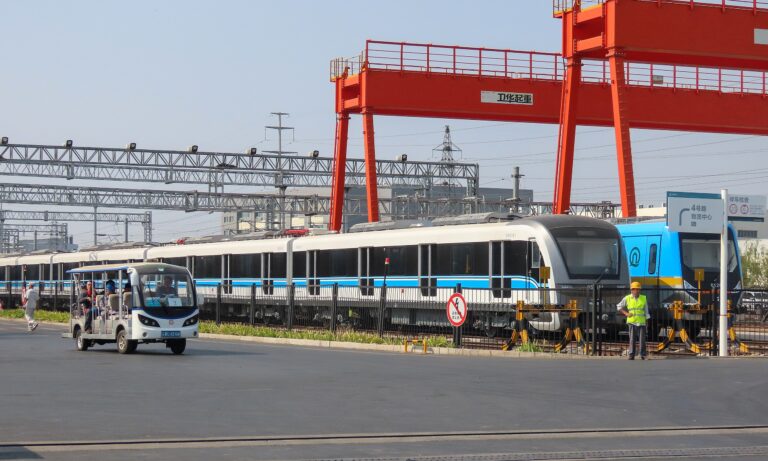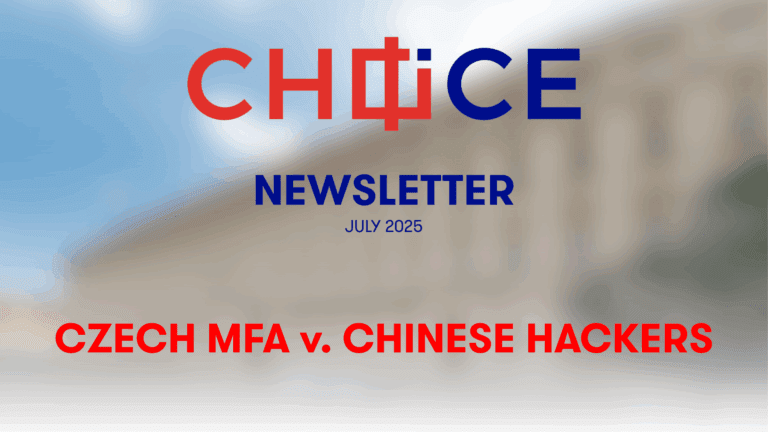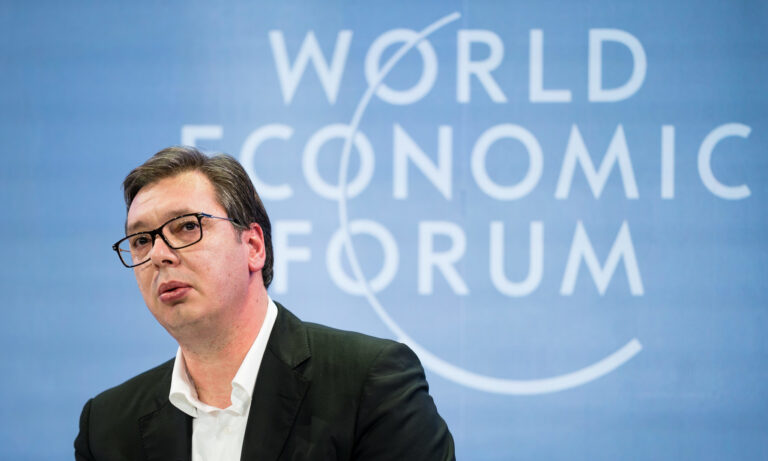Vatican’s Rapprochement with China, Three Years On
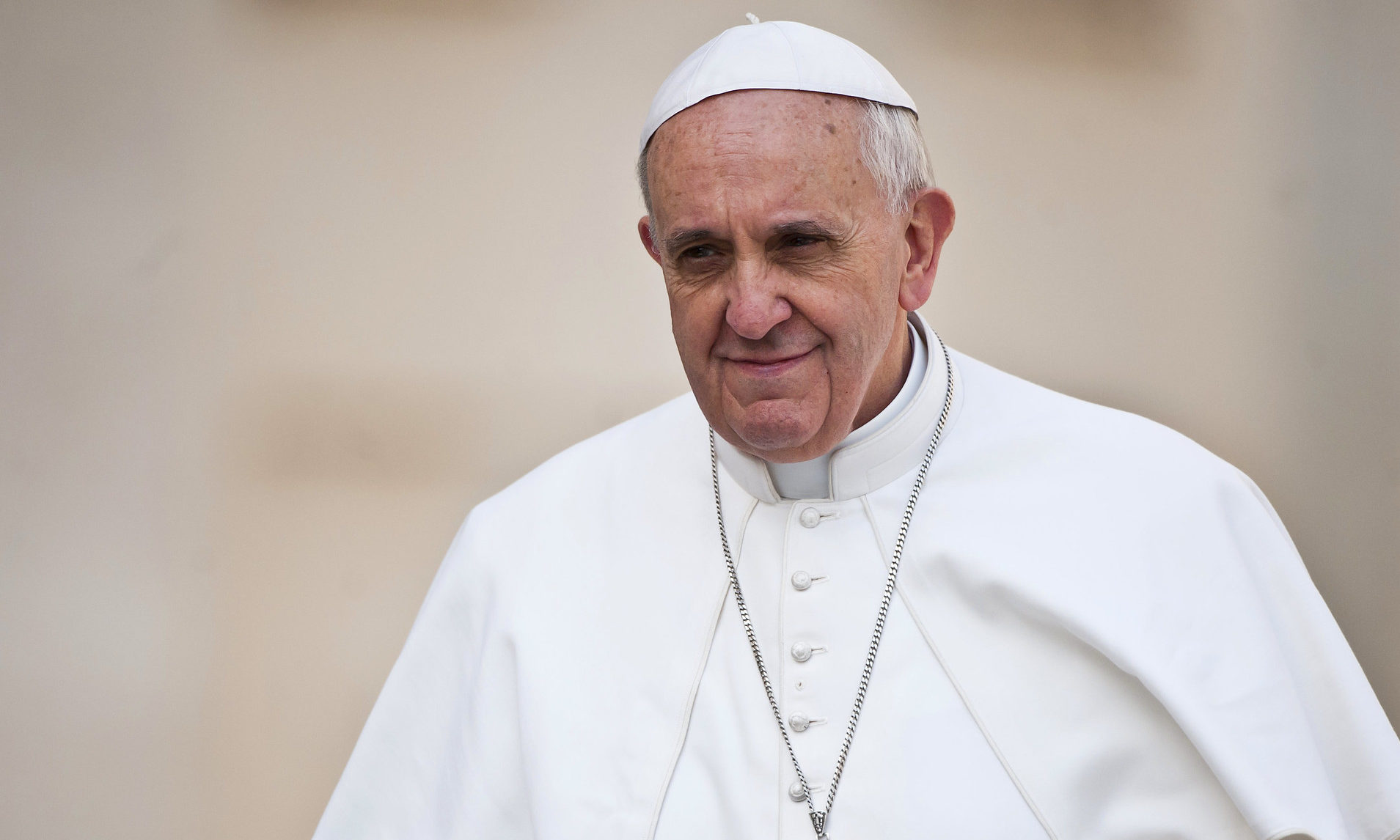
Recently, Pope Francis, who is often reticent to speak on the Vatican’s China policy, offered his comment to Radio COPE on that very subject. In his comments, the pontiff defended the rationale behind the controversial 2018 deal with China regarding the appointment of bishops.
By referring to the Catholic Church’s Cold War policy of building bridges with Central Europe, the Pope argued that the “small steps” strategy had brought about diplomatic progress and broadened the scope of religious freedom in the past. At the same time, the Pope acknowledged that the factual outcomes of the 2018 provisional agreement may be questionable to some. He added that China is by no means an easy partner in dialogue. However, he suggested that maintaining dialogue is an achievement on its own and therefore worthwhile.
The provisional agreement was inked at the time when China’s religious affairs under Xi Jinping were becoming increasingly oriented towards their full subordination to the party-state leadership. In line with the 2018 institutional reform, the State Administration of Religious Affairs (SARA), which had previously been under China’s State Council, was incorporated into the United Front Department of the Central Committee of the CCP and thus placed under direct Party control.
The partification of religious affairs overlaps with Xi Jinping’s repeated calls to sinicize religions; to infuse them with “Chinese cultural essence” and adapt them to the conditions of socialism with Chinese characteristics. In line with Xi Jinping’s instructions, one of the key aims of religious work is to prevent foreign infiltration and religious extremism.
Despite these seemingly structural, if not contradictory, differences between the parties, the Vatican and China decided to prolong the provisional agreement by another two years in 2020. Given the diametric differences in aims, the ongoing rapprochement of Sino-Vatican relations begs questions about the balance sheet of the historic deal three years after its inception.
China’s or Papal Authority?
The majority of the 10 million Catholics in Mainland China belong to a so-called “official church,” i.e., under the authority of the Chinese party-state and not officially recognizing the primacy of the Pope. The remaining group is united in an “underground” church whose bishops are not designated or approved by the Chinese authorities.
In September 2018, the Vatican and Beijing reached a secret agreement whereby the Pope was granted the right to vote on the nomination of bishops in the official church. In return, the Holy See recognized bishops previously designated by the communist authorities, even accepting some previously excommunicated bishops. According to unofficial information, in line with the agreement, the Chinese authorities select several candidates for a bishop, from which the Vatican accepts one.
Theoretically speaking, the Holy See has the final say. However, Beijing puts forward only priests loyal to the Communist authorities. Thus, the deal puts China in a decidedly advantageous position, as Beijing will always nominate loyal candidates. Meanwhile, the Vatican, due to pastoral needs, cannot refuse Beijing’s candidates indefinitely. Therefore, Vatican prerogatives amount to basically nothing in terms of the actual nomination and installation of bishops.
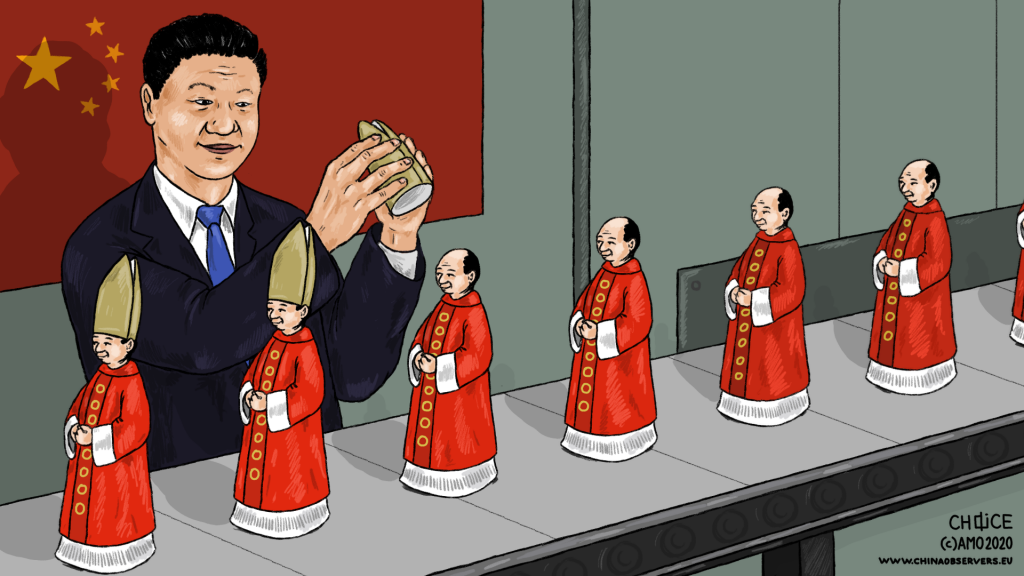
However, the full details of the agreement remain closely guarded from the prying eyes of the public.
The parties only announced the conclusion of the contract in a short communique. In a terse note from the Chinese Foreign Ministry, it was announced that both countries would maintain communication and work to improve bilateral relations further. On the other hand, the Holy See presented the agreement concerning the appointment of bishops as “the fruit of a gradual and reciprocal rapprochement,” creating the conditions for wider bilateral cooperation.
Some experts also surmise that the agreement covers Hong Kong. This view is based on the fact that after the sudden death of the Hong Kong Bishop Michael Yeung in January 2019, the post remained officially vacant for two years. The role of apostolic administrator was performed by bishop John Tong, who did not support the pro-democratic protests in Hong Kong. Then, in May 2021, Pope Francis ordained Stephen Chow Sau-yan as the new bishop of Hong Kong, who stated that he “really does not know” whether the Vatican informed Beijing about his appointment.
What Are the Vatican’s Aims?
When it comes to the 2018 agreement, the driving force behind it is the Vatican, and personally, Pope Francis.
For the current Bishop of Rome, relationality often precedes doctrine. This modus operandi is clearly seen in the case of the 2019 Abu Dhabi declaration, just as one point of reference. The conciliatory direction of the Vatican’s foreign policy also applies to the diplomatic efforts vis-a-vis China, trodding along groundwork laid by Pope John Paul II in the 1980s.
In November 1983, the Polish-born Pope wrote a letter to Deng Xiaoping in which, having signaled concessions regarding recognition of Taiwan, he demanded direct contact between the Holy See and the Chinese authorities. However, the letter went unanswered.
At present, the key driver behind the Vatican’s rapprochement with Beijing is to get formal control over the nomination of bishops in China (assuming that such are the factual provisions of the 2018 secret agreement). However, three years later, there is no record of the deal in China’s legal framework, and the Vatican is not mentioned as a subject of the bishop appointment process.
On the contrary, in line with the 2021 regulations of the State Administration for Religious Affairs, “religious personnel,” in this case, priests and bishops, are prohibited from accepting appointments from foreign religious entities or institutions without authorization and any other acts that could violate the principle of religious independence and self-administration. Therefore, one can see that formal control over the appointment of bishops is guaranteed only by the secret agreement, which is not in line with Chinese domestic laws.
To be sure, if the deal gives the Pope any virtual right to co-decide about the appointments, and China abides by its provisions, the Holy See would gain influence it previously lacked. In truth the Vatican did not have full control over the underground priests either, adding some logic to the deal.
On the side of assets, the Holy See managed to establish the first diocese in China since the Communist takeover, which some observers perceive as a result of the 2018 agreement and Beijing’s official recognition of the Pope’s institutional authority in Chinese territory.
Still, taking into account China’s cost-benefit approach to law and the fact that it was the Vatican that pushed for the agreement in the first place, one may infer that the agreement has been loosely interpreted by the Chinese authorities. Pope Francis is also very unlikely to openly question it.
What Does China Get in Return?
From Beijing’s perspective, the key issue in question is Taiwan.
This island nation is important for Beijing in terms of both domestic and foreign policy agenda and the Vatican is the only European country formally recognizing Taiwan. Apart from deepening the international diplomatic isolation of the island, an important aim of Beijing is to restrain the Vatican from publicly criticizing China in what it considers to be its “core interests.”
Indeed, in recent years, the Vatican has consequently avoided publicly engaging in issues that Beijing can interpret as an act of “interference in China’s internal affairs.”
Perhaps most glaringly, Pope Francis did not present a public stance on the repressions of Uyghurs and other Muslim minorities in Xinjiang, despite the mounting evidence thereof. While the Pope did make brief reference to the situation in his book, published in December 2020, it hardly constitutes a public pronouncement with the weight of his authority behind it. What is more, Pope Francis did not refer to the situation of Catholics in China at all in the book, which can also be read as an element of concession to Beijing.
Apparently, for the same reason, the Vatican is not among the signatories of the Declaration Against Arbitrary Detention in State-to-State Relations. Apart from the Holy See, only the closest political partners of Beijing have distanced themselves from the document among European nations. As such, the Vatican finds itself alongside Russia, Belarus, Hungary, and an expectable list of nations often deferential toward Beijing.
Aside from the aforementioned factors, warming relations with the Vatican offer an important incentive for China’s domestic policy. Namely, the agreement will lead to a self-disclosure of the underground Church members and their accession to the official structures. This will result in a greater scope of control over a part of the society previously engaged in networks beyond the CCP’s reach.
The inherent logic is substantiated further by the Pastoral Guidelines issued by the Holy See in June 2019 in response to China’s ordering the formal registration of clergy. The document encourages the underground priests and bishops to undergo civil registration and implicitly calls on them to join the Chinese Catholic Patriotic Association ranks. Therefore, as scholar Marek Tylkowski points out, the number of underground bishops will gradually decrease by virtue of the agreement. Meanwhile, worshipers and bishops wanting to remain in underground structures will inevitably lose contact with the Hierarchy of the Catholic Church. This may be used by the Chinese authorities to further stigmatize and repress such congregations as sects.
Looking at the Balance Sheet
From a political point of view, the agreement on the appointment of bishops is for the Vatican a tool to maintain or expand the scope of the institutional presence in China and control over the local Catholics and clergy. However, given the ongoing sinicization of religion in China, it is difficult to consider a scenario in which the communist authorities grant the Catholic Church a license to create a breach in an otherwise strict policy of societal control.
Therefore, the short-term goals of the Holy See seem to be very difficult to achieve as they contradict the systemic and ideological features of today’s China. Despite the conclusion of the agreement, the situation of Catholics in the country has not improved. Instead, Chinese authorities have imposed the obligation to officially register all Catholics, which translates into an increased level of surveillance on this marginalized community.
The agreement is primarily an asset for Beijing, sanctioning the practice of consecrating bishops already present during the pontificate of Benedict XVI and possibly that of John Paul II.
However, it should be remembered that the deal’s content is secret. Therefore, the possibility that there are other provisions conducive to the Holy See’s goals cannot be taken for granted. At the same time, it is also possible that the agreement may be simply severed by the Chinese authorities if the Vatican decides to “interfere in China’s internal affairs”.
Moreover, as it stands, the Vatican is still not listed in Chinese legislation as a part of the bishops’ ordinance process, indicating that the real value of the 2018 agreement is rather marginal. In other words, the Holy See would have a better bargaining chip in relations with China by maintaining the status quo rather than signing the agreement. In the end, it seems the Pope has preemptively legitimized an unavoidable reality.
Written by
Bartosz Kowalski
BartekKowalski1Bartosz Kowalski is an Assistant Professor at the Department of Asian Studies of the University of Łódź, Poland, and a Researcher at its Center for Asian Affairs. His research focuses on China’s foreign policy, including relations between China and Central and Eastern Europe.
